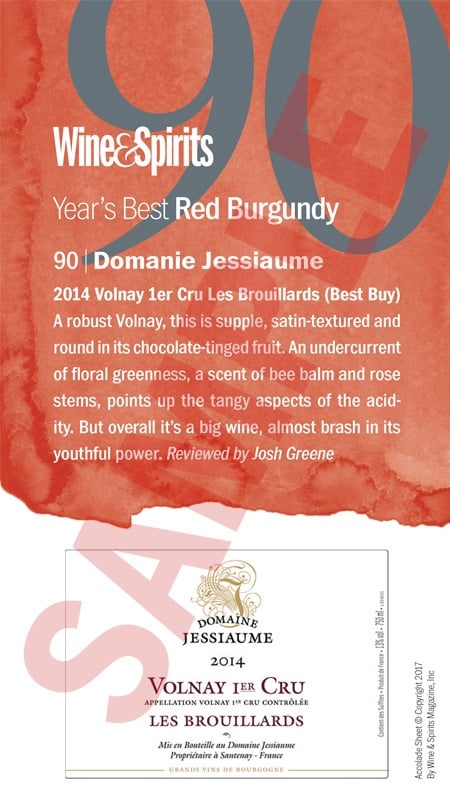“My mentor was Henry Bishop, longtime sommelier at Chicago’s Spiaggia,” says John Aranza, who now runs Autre Monde in Berwyn, Illinois. “He was celebrated for seeking out unique varietals, like Tuscany’s colorino,” an obsession that played out in the restaurant’s extensive Italian wine list. Bishop’s curiosity…
To read this article and more,
subscribe now.
To continue reading without interruption, subscribe and get unlimited digital access to our web content and wine search.
This story appears in the print issue of Fall 2016.
Like what you read? Subscribe today.















